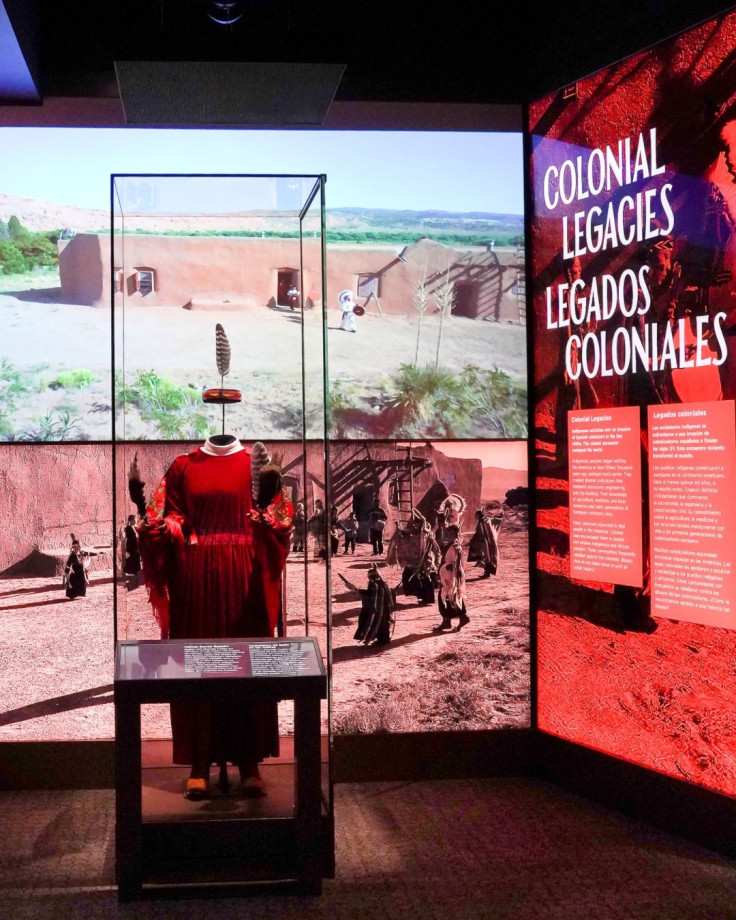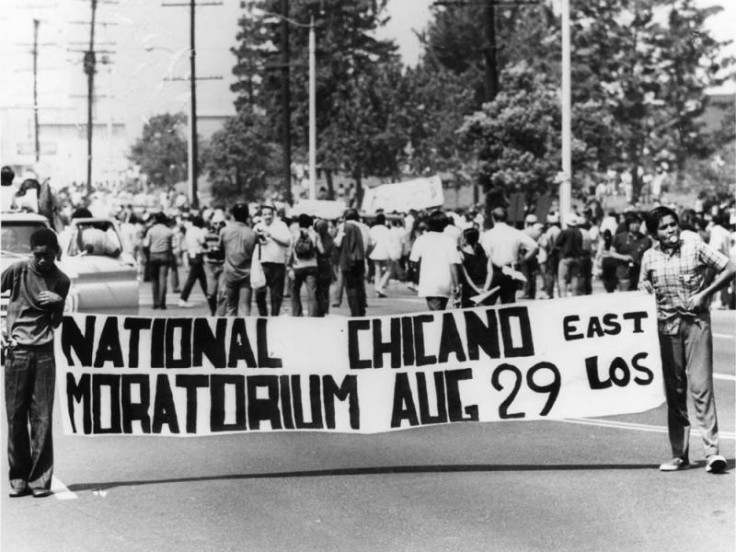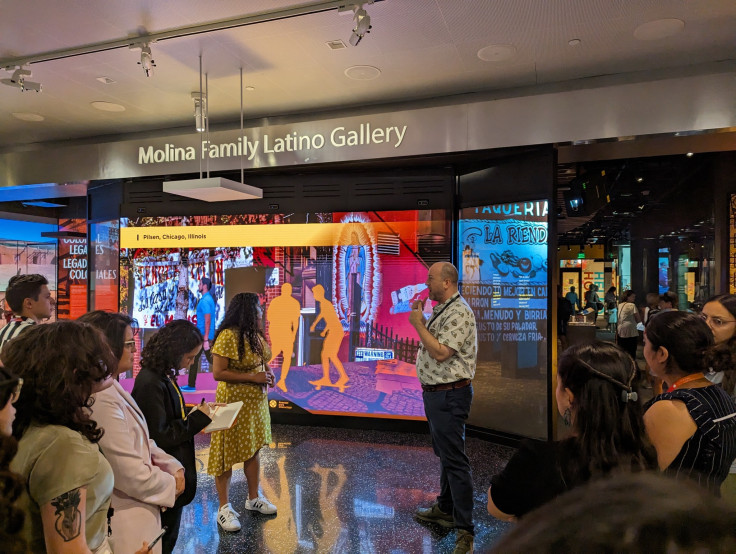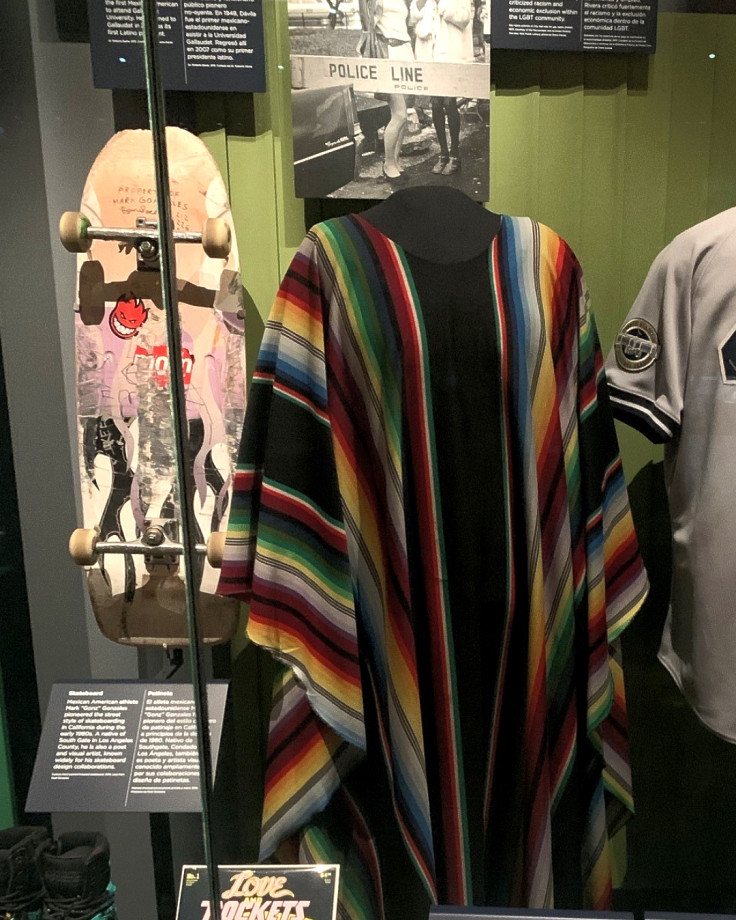
The controversy over the construction of the National Museum of the American Latino remains in the national media talk. Although this is a heated discussion that began or intensified in mid-2022; editorials, backlashes and debates continue to stack up on the news as a house of cards around a museum that, paradoxically, has not yet been constructed. In past weeks, media and pundits have kept pointing out this turbulence that the foundations of the National Museum of the Latin American were suffering before its erection, a museum that was planned to be built on the National Mall in Washington to recognize and give relevance to the Latino community in the US in the next 10 to 12 years.
According to the Smithsonian National Museum of the American Latino, the Smithsonian Institution is building the National Museum of the American Latino "to recognize the achievements, history and culture of Latino communities"; creation that is possible thanks to the fact that in 2020 the US Congressenacted legislation to establish a Latin American Museum in Washington, DC.
On the museum's website, people can glimpse for the first time what the Museum should be, with the presentation of "Somos," a documentary video by Alberto Ferreras, in which various prominent figures of Latin origin are presented, exploring the complexity and diversity of Latino identity through their own identity, family stories and personal experiences. This Museum, or project still in development, was conceived under the large museological umbrella of The Smithsonian Institution, described as "the largest museum, education and research complex in the world, with 21 museums and the National Zoo", founded in 1846 by the Englishman James Smithson, as "an establishment for the increase an in d diffusion of knowledge."
One of the last chapters was the one starring an interview from Democracy Nowand published on Sept. 26th. The news program interviewed two historians Felipe Hinojosa, a history professor at Baylor University in Texas, and Johanna Fernández, an associate professor of history at the City University of New York's Baruch College, who were hired to develop a now-on-hold exhibit on the Latino Civil Rights movement for the Smithsonian. This Latino Civil Rights exhibition was going to be a second installment, added to the one presented last year, titled Presente!
On Sept. 18th, a New York Times article also pointed out how the completion of this museum seems to be further away each time, since although authorities had been working on an exhibition for two years: "historians had been working on an exhibit about the history of Latino youth movements that would help serve as a preview for the new museum.
The show was supposed to be the largest federally funded Smithsonian exhibit on Latino civil rights history, and it drew input from the nation's top Latino historians and veterans of the movement. It was set to feature student walkouts, efforts to integrate schools, and environmental and immigration activism."
This program has been replaced with a new one on salsa and Latin music, as the Smithsonian confirmed to Time. A program change that was later consulted by Time with the museum director, now in the middle of this mist: "When asked why he switched the focus of the next preview exhibit from Latino youth movements to salsa, the museum's director Jorge Zamanillo said the music exhibit would have "broader appeal." "I need to think about—we're going to have over 100,000 square feet of public exhibition space in a future museum—how do I fill that? What stories do I tell that have a broader appeal?" Zamanillo told Time."
In a Democracy Now interview, Fernández referred to this debate that does not cease - both within the field of art and politics - as an "evolving crisis" after the various setbacks that this museum has been suffering since the project was created. As Fernández indicates, giving an account of Latin History is a complex task; something that, according to the historians interviewed, has been posed as a challenge both for the construction of the museum and its previous exhibitions as Presente! exhibition.
According to the academic, this first exhibition explores the outline of the "Latin History" frames, which explores and tries to answer about Latinos' multiples backgrounds, how they came to the US and most importantly, how the Latino community is today connected with the rest of the country and the world.
"What is important about "¡Presente!" is that it really outlines the contours of Latino history, which are complicated. One of the points it makes is that the largest Latino population in the United States was integrated after the United States war with Mexico in 1848, which is responsible for giving the United States its contemporary boundaries (...) The "¡Presente!" exhibition also highlights the acquisition by the United States of Puerto Rico in 1898 and also discusses the ways in which U.S. foreign policy and economic policy has driven people out of Latin America and into the United States. So, what's important is that it establishes the question: Who are Latinos? How did they get here? And what's their relationship to their communities and to the nation and the world?"


The New York Times also have echoed the controversy that exists around future Smithsonian Latino Museum. According to the article in The New York Times: " Last July a group of Latino Republican congressmen led a vote to eliminate the museum's funding in next year's budget, calling its view of Latinos insulting and inaccurate. Some conservative commentators have harshly criticized the museum's preview exhibition, blasting it as a Marxist portrayal that paints Latinos as victims of an oppressive United States."
Some stars and celebrities have also addressed the issue. The American Latino has a board of 18 members, many of them Latino actors and political and business leaders such as Emilio Estefan and Sofía Vergara. They are tasked with raising $500 million from private donors, an amount to be matched by Congress to fund the museum.
"This is the biggest tribute to the American Dream, to showcase that we live in an incredible country," Estefan said during an interview last month at a conference by the venture capital fund L'Attitudes "I am so proud of the Latinos, the immigrants and the next generations, they can and have accomplished so many beautiful things."
According to 2017 US Survey of Public Participation in the Arts, 16.2% of Hispanic Adults visit an art museum or gallery during 2017.
An article released in 2021 by Smithsonian Magazine talks about the difficulty that led to curating the stories that would tell the Latino Heritage narrative in the US. Emily Key, the center's director of education points out in that article that in order to tell the storied history of the Latino experience, the exhibition team had difficult decisions to make regarding what to include:
"Key says her team realized that a deep-dive approach on every topic ultimately wouldn't work. So, they set on creating a broad overview that would lead to more specialized sections of the gallery, such as the Mexican-American War or activist movements. Another crucial component was getting buy-in from American Latinos. So, the team engaged with stakeholders who played a critical role in shaping the design and focus of the gallery. Such actions were crucial to not only ensure accuracy but authenticity."

© 2025 Latin Times. All rights reserved. Do not reproduce without permission.





